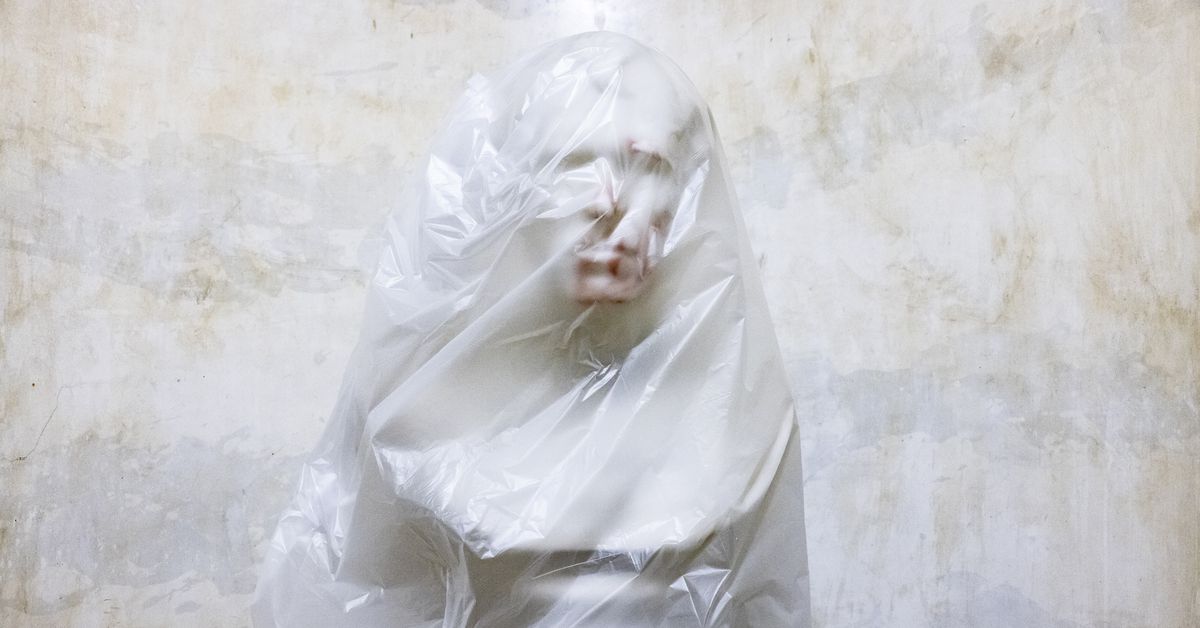The first hearing of the January 6 select committee was a bit unusual. It wasn’t just the historical import, the primetime national television aud
The first hearing of the January 6 select committee was a bit unusual.
It wasn’t just the historical import, the primetime national television audience of more than 20 million, or even its content, though that was outside the norm. The committee of seven Democrats and two anti-Trump Republicans does not operate along traditional partisan lines, and their format deemphasized live witness testimony in favor of footage of the attack and clips of depositions.
Instead, it was the location of the hearing that made it unique. The Iran-Contra hearings did not take place at a remote Central American airstrip, nor did the House Un-American Activities Committee convene in Whittaker Chambers’s pumpkin patch. But the committee investigating the attack on the United States Capitol met in the Capitol complex, before a roomful of people who had been in the building that day.
The result was an eerie tension hanging over a committee room where almost everyone there had some sort of direct connection to the events of January 6.
At one table, the journalist wearily responding to Slack queries from an editor had filmed the mob battering down the doors to the Rotunda. In the back of the room, the Congress member intently watching had bunkered down in his office, gripping tight a baseball bat in case rioters made it through his locked door. When clips of the rioters inside the Capitol were shown, those in the room weren’t just seeing the building for its symbolic nature. They saw corridors down which they walked every day. The routes that the attackers took that day on their way to “hang Mike Pence” and hunt down Nancy Pelosi were also paths to a preferred lunch spot or shortcuts to make it to a meeting.
Their memories were not anywhere near as graphic as those of the officers who engaged in hand-to-hand combat that day, like Capitol Police officer Caroline Edwards, who testified about “slipping in people’s blood.” But they were just as visceral.
Of the roughly 20 members of Congress watching the hearings in the room, many of whom had been trapped in the House gallery during the attack, most of them teared up at some point. This wasn’t something they had watched on cable news. It was something they’d lived.
Rep. Madeleine Dean (D-PA) recalled to Vox the memory of seeing her colleague Rep. Paul Tonko (D-NY) get “clocked” in the cheek that day. The assault didn’t come from a rioter but a fellow member, who accidentally whacked him during the mad scramble over railings to escape the gallery as members tried to flee while simultaneously fumbling to put on their gas masks.
There will be a half-dozen more hearings by the committee, and those will be different, too. They may not get the same attention or audience. There may be fewer reporters, fewer members of Congress who clear their schedules to attend, and fewer special guests who have become the faces of that day, like former DC police officer Michael Fanone and current Capitol Police officer Harry Dunn. Future hearings will focus on issues in addition to the events of that day: Monday’s scheduled hearing will feature former Fox News editor Chris Stirewalt as the committee explores Trump’s knowing embrace of lies around the 2020 election. Viewers are as likely to see footage of the hair dye dripping down Rudy Giuliani’s face as the blood that stained the corridors of the Capitol.
That doesn’t mean there won’t be other potential drama. No matter the topic of the hearing or the crowd in the room, tension is always there. There could be a defining moment, like when Joseph Welch asked Sen. Joseph McCarthy “Have you no sense of decency?” or a stunning confession, like when Alexander Butterfield told the nation about Richard Nixon’s White House taping system. And, of course, there’s always the potential for a member of Congress to go on a long, self-aggrandizing monologue. But this set of hearings will always have an edge that sets it apart: the committee isn’t just convening in the halls of Congress. It’s meeting at the scene of a crime.
